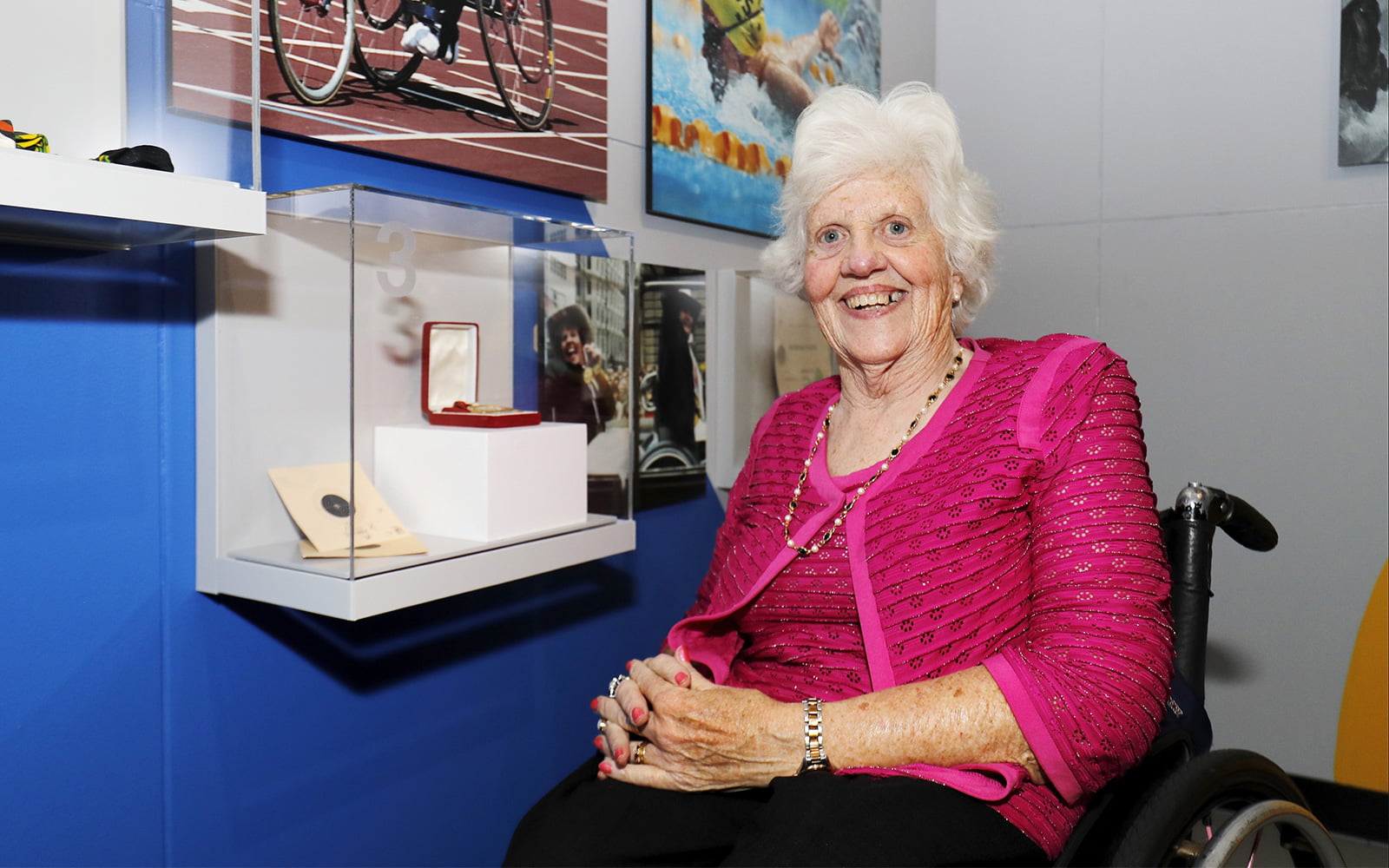Artefacts spanning the fascinating and colourful history of Australia’s participation at the Paralympic Games are among the main features of a museum opened in Melbourne on Monday at a ceremony attended by the Federal Minister for Sport Richard Colbeck, Paralympics Australia President Jock O’Callaghan and other dignitaries.
The Glory and Fame Sports Museum, which has been in development throughout 2021, is part of a joint venture with Essendon Football Club and the National Aboriginal and Torres Strait Islander Sports Hall of Fame.
The opening of the museum on Monday was part of the launch of stage two of a $21.5 million state-of-the-art training and administration centre at The Hangar, a facility shared by the famous football club and Paralympics Australia. Part of the development includes accessible dormitory accommodation which will be used to house Para-athletes and training facilities which will host Paralympics Australia high performance camps, talent search initiatives and events and programs aimed at increasing participation in sport by people with a disability.
The museum will begin welcoming members of the public next month. PA’s various displays include extensive written, photographic and video material which details the Australian Paralympic Movement’s athletic, technological and cultural history.
Included is a selection of unique personal artefacts kindly supplied to PA by loan or otherwise by current and former Para-athletes, including:
- Para-athletics legend Louise Sauvage’s Barcelona 1992 racing suit;
- • Winter Paralympics great Michael Milton’s Salt Lake City 2002 skiing jumper;
- 12-time Paralympian Libby Kosmala’s Stoke Mandeville 1984 shooting gold medal;
- Para-swimming star Siobhan Paton’s Sydney 2000 world record certificate and honorary stamp sheet;
- Para-athletics great Kurt Fearnley’s Sydney 2000 racing chair;
- Three-time wheelchair tennis gold medallist Dylan Alcott’s Rio 2016 tennis racquet;
- Paralympic pioneer Daphne Hilton’s Rome 1960 Australian Team blazer;
- Sprint star Scott Reardon’s Tokyo 2020 racing leg prosthesis;
- Three-time Paralympic gold medallist Curtis McGrath’s Tokyo 2020 canoeing oar
Donate today: help make Winter Paralympic dreams come true
Kosmala, Australia’s longest-serving Paralympian – who competed at every Games between 1972 and 2016 and won 13 Paralympic medals – said: “My gold medal is on display from the Stoke Mandeville 1984 Games – the same location where the Paralympic Games began – so it means a lot to me, as it really represents more than just winning, it represents the Paralympic movement as a whole.
“The Paralympic movement has evolved dramatically and it’s changing for the better. It’s bringing in all disciplines, all different people.
“The opening of the museum will mean a lot to thousands of people. People from all walks of life who have perhaps never seen a Paralympian can now learn more and be inspired by these stories.
“The museum looks unbelievable. It’s fantastic. It has been a wonderful opening for displaying our disabled sports. It’s the first time that we’ve had a museum or display for the Paralympic Team and the Para-sports that we all love.
“To have a museum that recognises our achievements shows us that we do participate in real sport. Disabled people are sportspeople too and to be included in such an amazing museum is just fantastic.
“The facilities that allow disabled athletes to train and to be accommodated in a beautiful environment will be so helpful for future Para-athletes.
“I’m very proud to be involved and so pleased to be here to celebrate such an amazing museum.”
https://www.instagram.com/p/CXNCec9oUge/?utm_source=ig_web_copy_link
Minister Colbeck said the Federal Government was pleased to invest in projects that encouraged more Australians to be involved in sport, brought communities together and supported our elite athletes to pursue further international success.
“Our Paralympians displayed incredible talent, teamwork and resilience to claim 80 medals including 21 gold at the Tokyo Paralympics and are a huge source of inspiration to all Australians,” Minister Colbeck said.
“As we turn our attention to the Beijing Paralympic Winter Games in March, these new facilities will help us increase participation at a higher number of training camps which will assist with high performance development and Paralympic talent identification, verification and retention.
“More importantly, I hope it inspires more people with a disability to participate in and enjoy sport from grassroots right up to elite level competition.”
Join AUS Squad: the official cheer squad of the Australian Paralympic Team
PA President O’Callaghan said the Hangar expansion would create more opportunities for current and emerging Paralympic talent.
“Paralympics Australia and Essendon Football Club have nurtured a special partnership over more than a decade. We come from different sporting worlds but our values, our culture, our respect for our people and our history are paramount in everything we do,” O’Callaghan said.
“This new development within our existing facility brings our relationship into a new era and we are very excited to unveil it today. It recognises and celebrates our past by showcasing Paralympic history within the Museum, while also creating more opportunities for current and emerging Paralympic talent to utilise the wonderful accessible accommodation and a range of other new features within a high-performance environment.
“With outstanding support from the Federal Government – including Prime Minister Scott Morrison and Sport Minister Senator Richard Colbeck – that has enabled us to help bring this development to fruition, we are proud to work with the Essendon Football Club to keep breaking down barriers and to drive progress towards a genuinely inclusive society.”
By: David Sygall, Paralympics Australia
Posted: 6 December 2021



